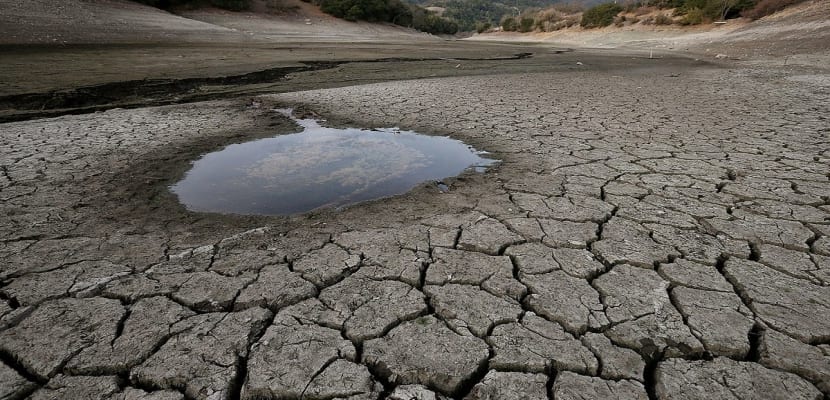
The lack of water in the swamps of Spain has triggered emissions of greenhouse gases. In the first 6 months, the electricity sector expelled 41,2 million tons of CO2 into the atmosphere, 17,2 million more than in the same period in 2016.
Hydraulic power generation (without greenhouse gas emissions) has fallen by more than 51% and has been replaced by coal (whose use has increased by 72%) and gas (30%). The minimal reserves of the reservoirs make 2017 shaping up to be a very bad year for the fight against climate change.
Greenhouse gases
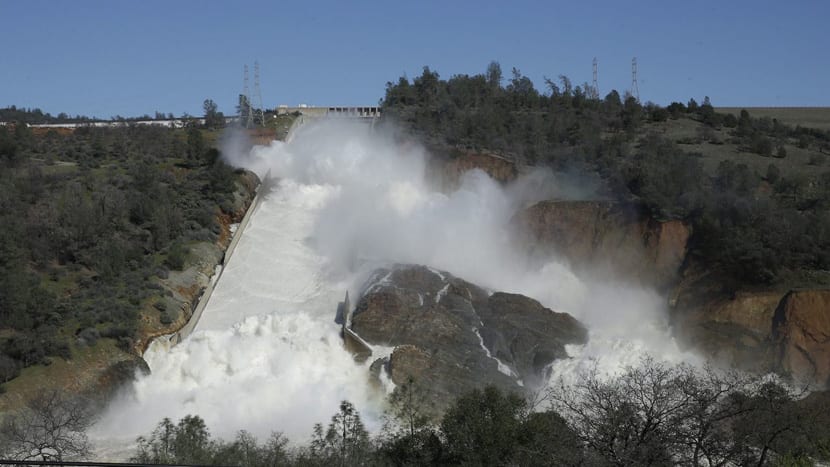
REE
Electricity consumption is practically the same as in 2016, but much more has been used dirty sources of power generation. This can be seen in the data of Spanish Electricity Network (REE), which performs daily monitoring of the sources with which the electricity consumed in our country is generated.

REE also tracks CO tonnes on a monthly basis.2 (the main greenhouse gas) that this electricity sector expels into the atmosphere. Unfortunately, the balance for the first seven months of 2017 shows an increase in the use of carbon, which means that it will likely be a bad year in the fight against climate change.

El electric sector accumulates over 20% of all greenhouse gas emissions in the country, and the reduction in the use of coal has marked in recent years the evolution of the fight in Spain against global warming.
Without going any further, in 2015 it was also the increase in the use of coal for electricity that was mainly responsible for Spain increasing its global emissions of CO2 3,2% compared to the previous year.
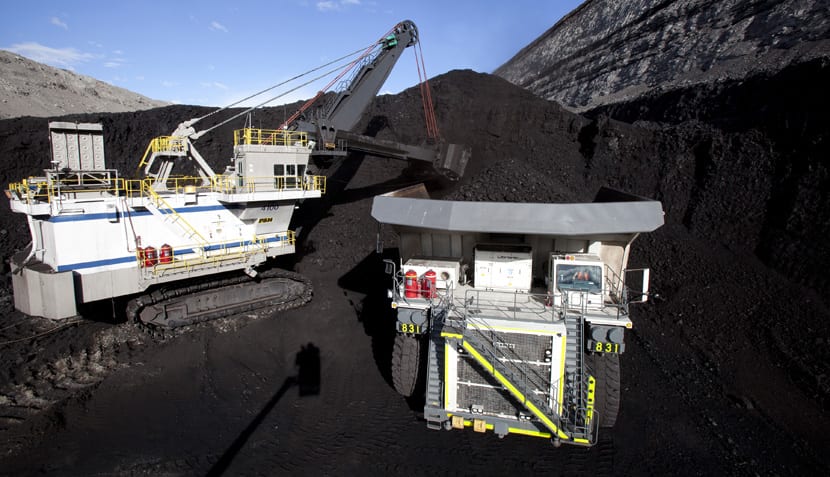
In the same way, coal also had an influence in 2016, although in this case for the better. According the balance sent a month ago by the Government of Spain to the European Environment Agency, the country's global emissions fell by 3,5% compared to 2015. «Electricity generation has decreased its emissions by 19,7% due to the displacement of the use of charcoal for renewable energies, "said the report of that year prepared by the Ministry of Agriculture and Fisheries, Food and Environment, which recalls that last year was a wet year, with 5% more rainfall.
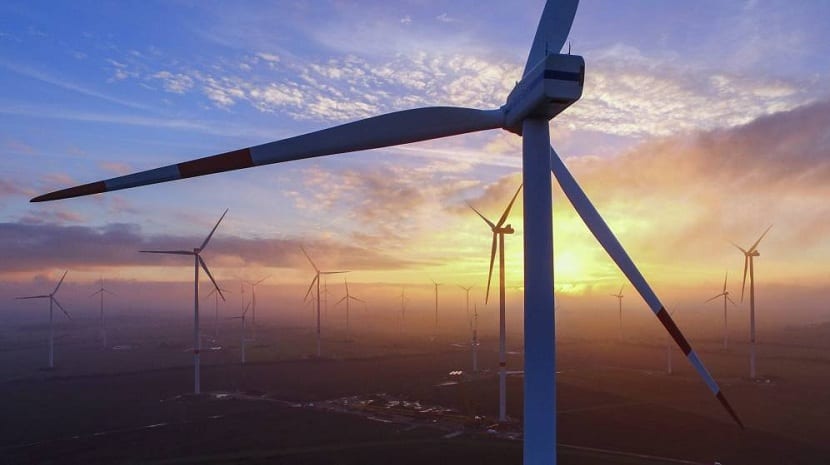
The bad data from 2015 and the good ones from 2016, and also in 2017 the evolution of greenhouse gases are largely influenced by the climate, since since 2012 the installation of new renewable power it was paralyzed in the country, luckily this has changed this year for fear of European fines.
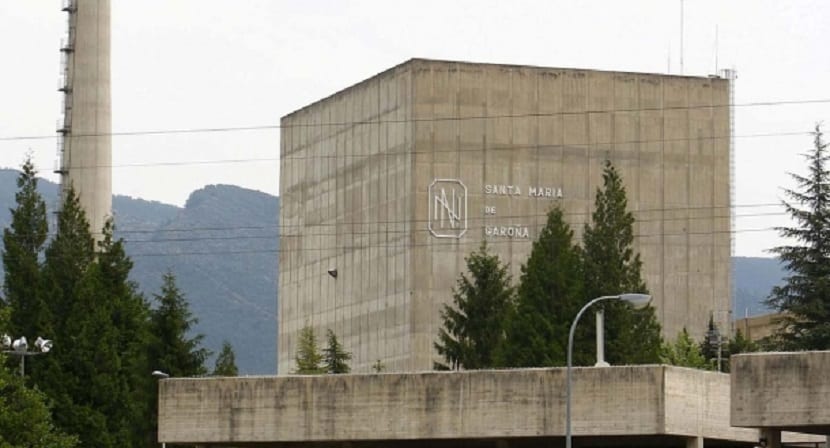
boom
The boom experienced in Spain of renewable energies began about 10 years ago, and allowed a global reduction of 10% of its CO emissions2According a recent study by the European Environment Agency. Unfortunately, the Government paralyzed via decree the installation of new renewable power in 2012. From that moment, the good or bad annual data of CO emissions2 It depends on the weather, that is, on the rain and the wind.
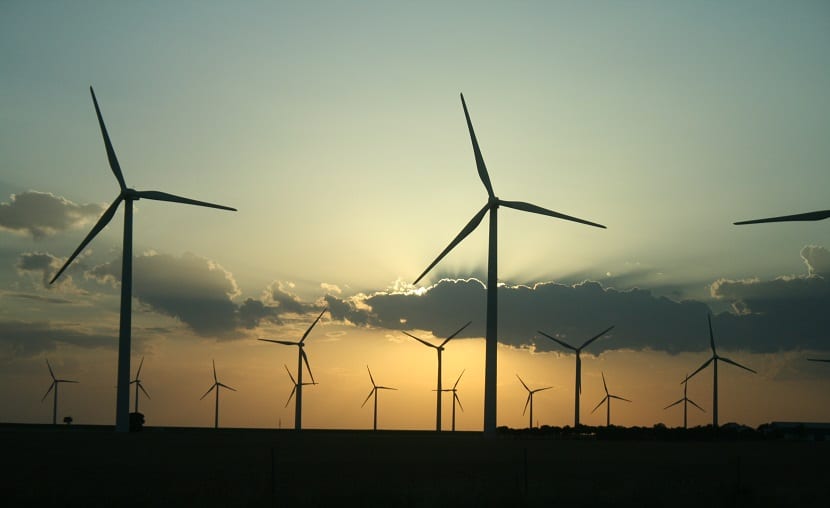
As mentioned above, 2017 is one of the worst in a long time in terms of rainfall. Unfortunately Spain started the summer with the lowest water reserves since 1995.
Low reserves
According to REE, this low level has meant that in the first seven months of the year the electricity generation in Spain through hydraulic technology, it fell by 51,2% compared to the same period in 2016. There has also been a decrease of 11% in the use of wind energy.
The drop in the use of these two clean sources of CO2 it has been offset mostly with coal. Thermal power plants that burn this fossil fuel have increased electricity production by 71,9% between January and July. Much more gas has also been used: growth in combined cycle plants has been 30,4%.

According to the latest hydrological bulletin of the Ministry of the Environment, at the end of July, in the Spanish reservoirs used to generate electricity there were theoretical reserves to generate 7.927 gigawatts per hour (GWh). This assumes the 61% of the reserve available a year ago62,6% of the average of the last five years and 64,6% of the average of the last ten years.
